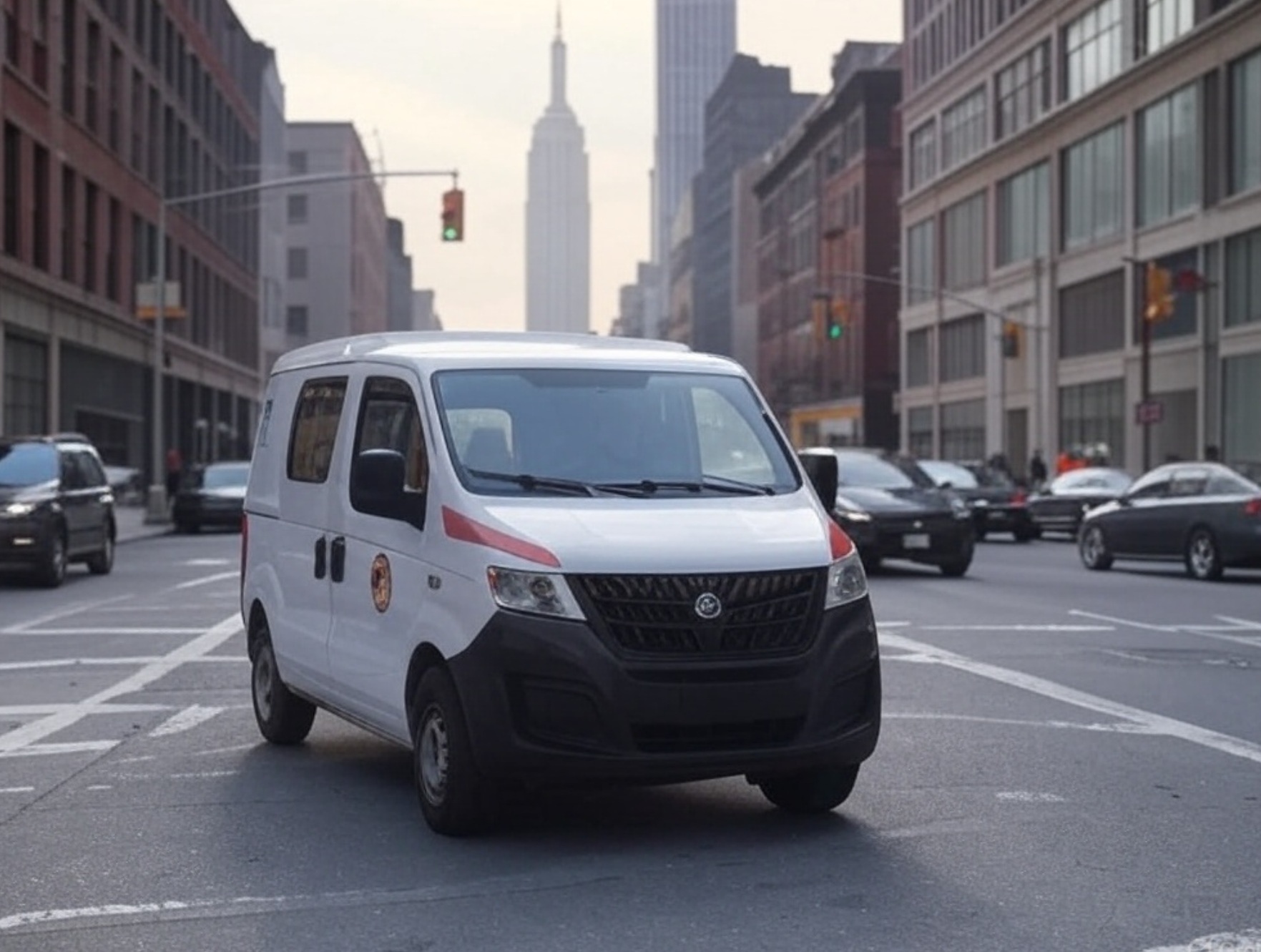Manhattan’s Access-A-Ride Sees Faster Commutes as Congestion Pricing Boosts Paratransit Efficiency

Manhattan’s paratransit users are experiencing a smoother ride in 2025, thanks to the ripple effects of the city’s congestion pricing program. According to data released by the Metropolitan Transportation Authority (MTA) on March 27, 2025, Access-A-Ride vehicles—used by New Yorkers with disabilities who cannot use standard public transit—have seen a 5% increase in travel speeds within Manhattan’s congestion relief zone south of 60th Street since the tolling initiative began on January 5. This improvement, compared to the same period in 2024, has translated into shorter travel times and greater reliability for a service that has historically struggled with delays.
Access-A-Ride, which serves thousands of New Yorkers daily, has long been criticized for its inefficiencies, with on-time pickups dipping to dismal levels just four years ago. However, the MTA’s latest figures show a marked improvement: between January and the end of February, 94.6% of for-hire vehicles in Manhattan picked up passengers within 20 minutes of their scheduled times. This uptick in reliability is being attributed to reduced traffic congestion in the central business district, a direct result of the $9 tolls imposed on most drivers entering the zone during peak hours. “I was against congestion pricing because I felt sorry for the people who had to pay the tolls,” said Milagros Franco, a 48-year-old motorized wheelchair user who relies on Access-A-Ride for her daily commute between Gramercy Park and Downtown Brooklyn. “But now that I’m getting to work faster, I can’t complain.”
The MTA has also taken steps to enhance the Access-A-Ride program directly, opening a new assessment center in Lower Manhattan on Stone Street in October 2024 to better serve users. Transit advocates have praised the improvements but caution that more needs to be done to ensure equitable access for all disabled New Yorkers, especially those in outer boroughs where congestion pricing’s benefits are less pronounced. “It’s a step in the right direction, but the system still has a long way to go,” said Sarah Kaufman, director of the NYU Rudin Center for Transportation. “The MTA must continue to prioritize accessibility alongside its broader transit goals.”
Meanwhile, the congestion pricing program itself remains under scrutiny, with the Trump administration extending a deadline to end the tolls until late April after initially demanding its termination by March 21. Despite the uncertainty, the MTA reports that the program has already reduced overall traffic in Manhattan, benefiting not just paratransit users but also bus riders and pedestrians. For Access-A-Ride users like Franco, the faster commutes are a tangible win in a city often criticized for its accessibility challenges. As debates over congestion pricing continue, this unintended benefit for some of Manhattan’s most vulnerable commuters highlights the complex impacts of urban policy decisions.




